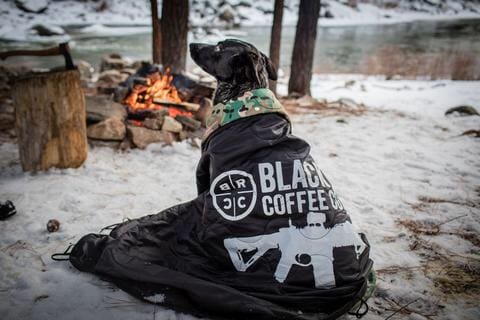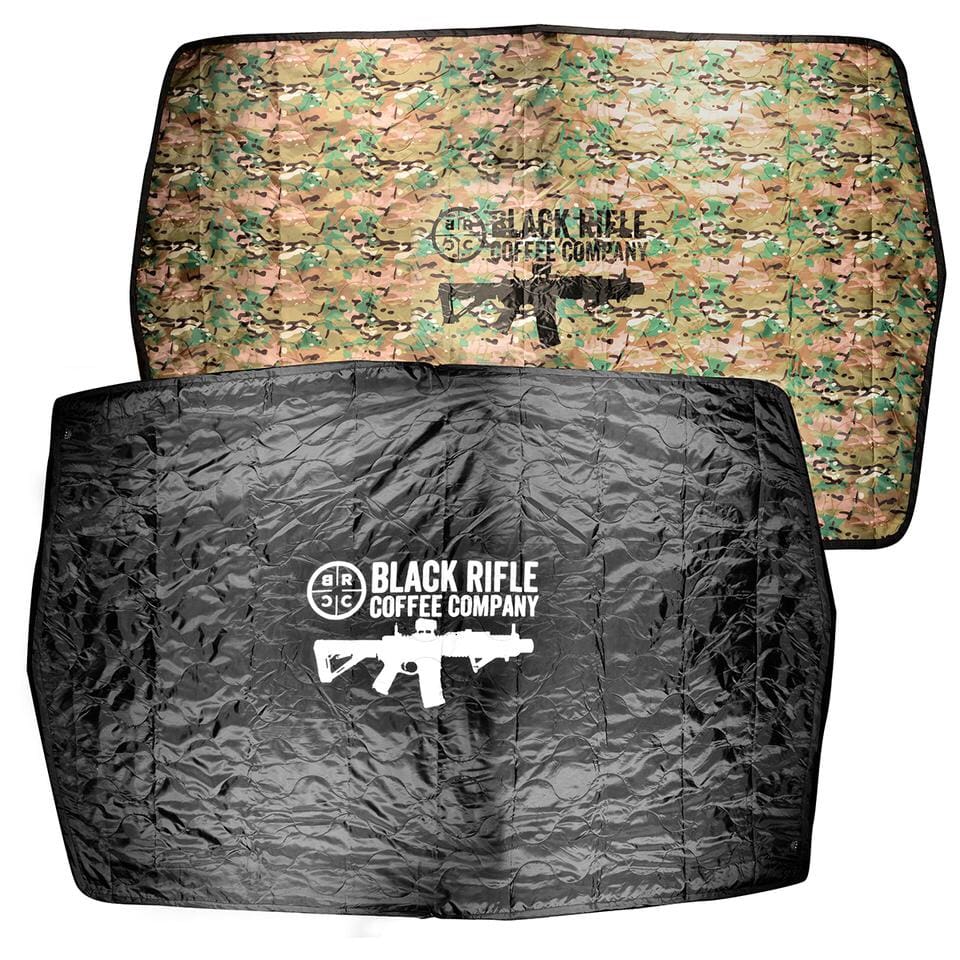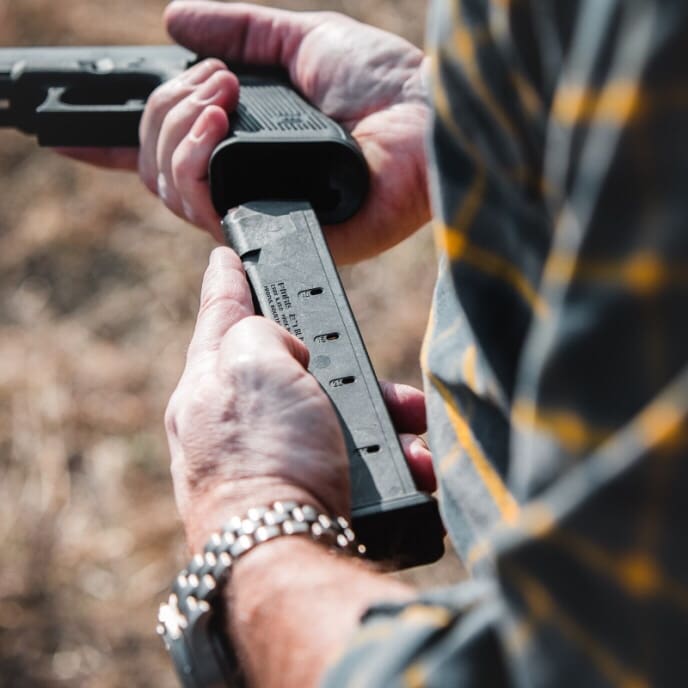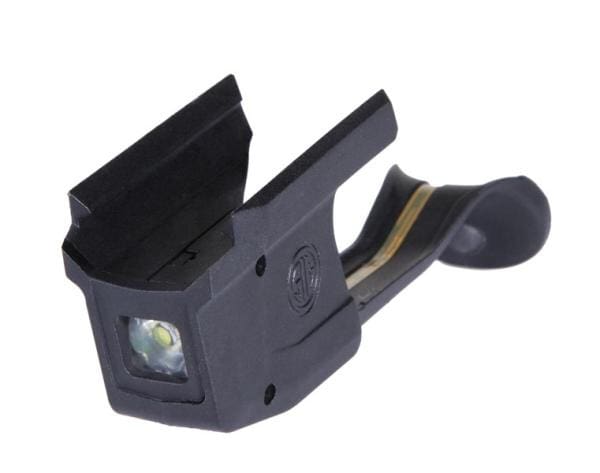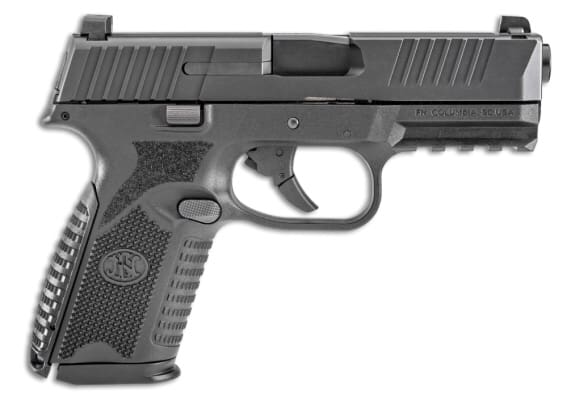From the official US Army History Of 1981.
Clothing and Personal Equipment
The Army took several initiatives in fiscal year 1981 involving uniforms. Black shoulder marks were approved for wear by enlisted personnel in grade of corporal and higher; a maroon beret was authorized for wear by soldiers in airborne units; black braid was added to female officers’ green slacks; a black pullover wool sweater, approved last year, was fielded; a maternity uniform shirt was approved; and washable Army-green trousers with washable braid were approved.
The Army terminated the policy of granting exceptions to appearance standards based on religious beliefs for wearing beards, unshorn hair, turbans, or religious jewelry. This change followed a review of the effect of these exceptions on the soldier’s mission, health, and safety. Soldiers already in the Army may continue to enjoy the previously granted exceptions as long as they are otherwise eligible for service.
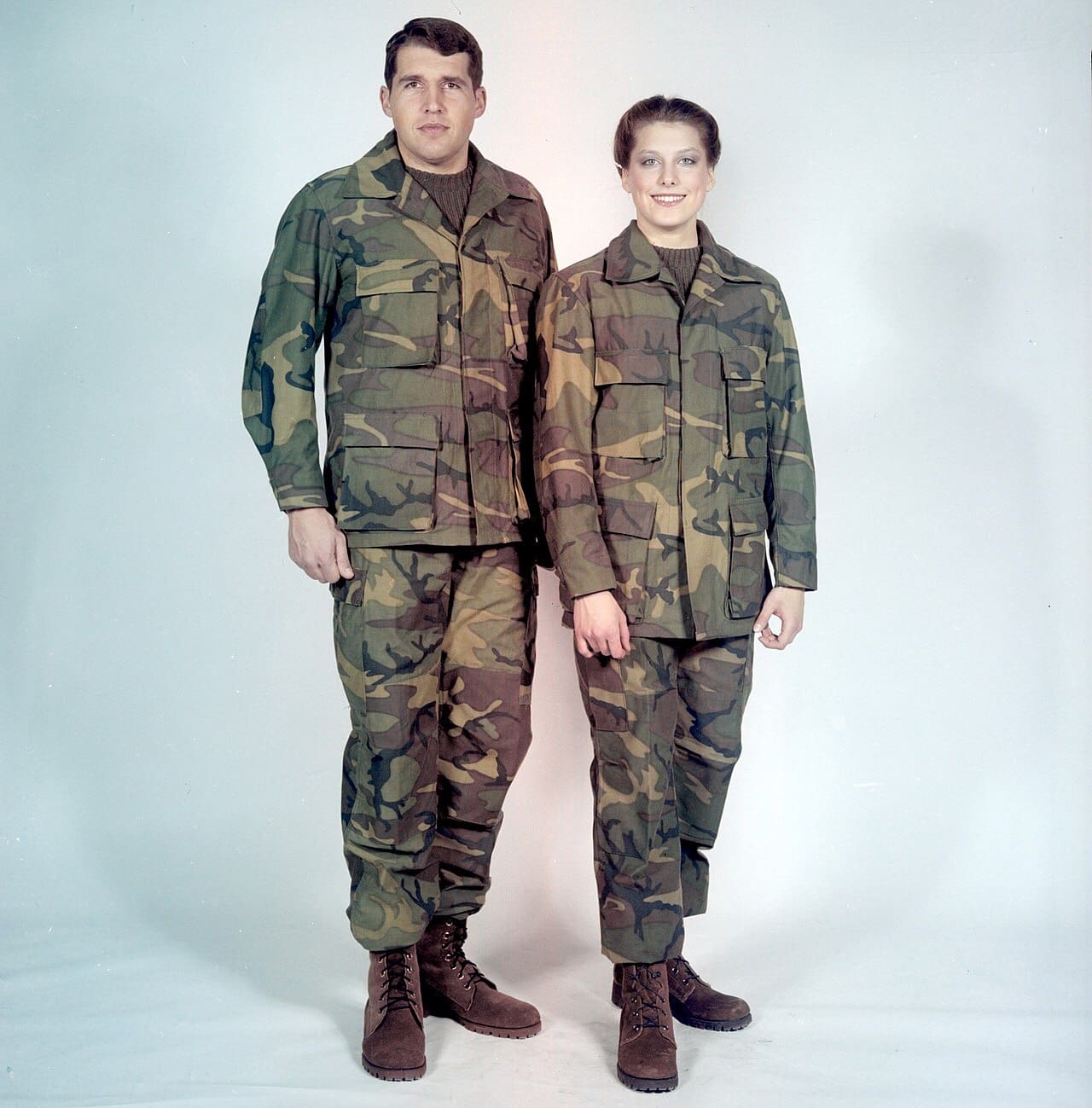
The temperate camouflage battle dress uniform (BDU) will be introduced as the Army’s field-garrison uniform on 1 October 1981. The BDU has a wood (forest like) color pattern, is infrared reflective, has reinforced elbows, knees, and seat, and is made with fabric that is 50-percent cotton and 50-percent nylon. The BDU includes a coat, hat, and trousers and represents the second phase of a multistage transition to all-camouflaged individual clothing and equipment. The first stage was the introduction of the desert camouflage BDU as an organizational item. It will be used mainly by the Rapid Deployment Force (RDF) in a desert environment. During fiscal year 1981 the RDF was completely outfitted in both day and night editions of the desert BDU.
Both the temperate and desert BDUs are part of the Army’s Battle Dress System (BDS). This system includes three camouflage uniforms which will allow the Army to operate in temperate, desert, and arctic environments. Conversion to this system will require the modification of many existing items of individual clothing and equipment as well as the introduction of new items.
C.A.C.I. Inc.-Federal received a contract in September 1981 to examine existing Army personal-organizational clothing and individual equipment management procedures and to recommend a more cost-effective way of doing business. The study should be completed by mid-1982. A study advisory group has been established to monitor the contractor’s progress, clarify requirements, and supply guidance.
Heraldic Activities
The Institute of Heraldry continued to provide heraldic services for the armed forces and other government agencies during fiscal year 1981. The emphasis of this year’s work, however, was on Army items. These included the design and development of the Army Achievement Medal, Noncommissioned Officers Professional Development Ribbon, Army Service Ribbon, and Overseas Service Ribbon. To meet the needs of Army units, 158 distinctive unit insignia and 28 shoulder-sleeve insignia were designed and developed during this period. In the area of research, the institute is continuing its program of evaluating various materials and methods of manufacturing flags in order to provide alternative, less costly items and to broaden the procurement base. The following statistics reflect, in part, the accomplishments of the institute: design of 510 items; completion of 1830 paintings and drawings and 174 sculptured items (molds, models, and casts); development of 130 items-some new and some modified which were placed in the procurement system; and inspection of 134,508 items under the optional-purchase quality-control system during visits to fifty-five posts and base exchanges. In addition the institute performed 1,750 research and engineering support actions to assist the Defense Personnel Support Center.




